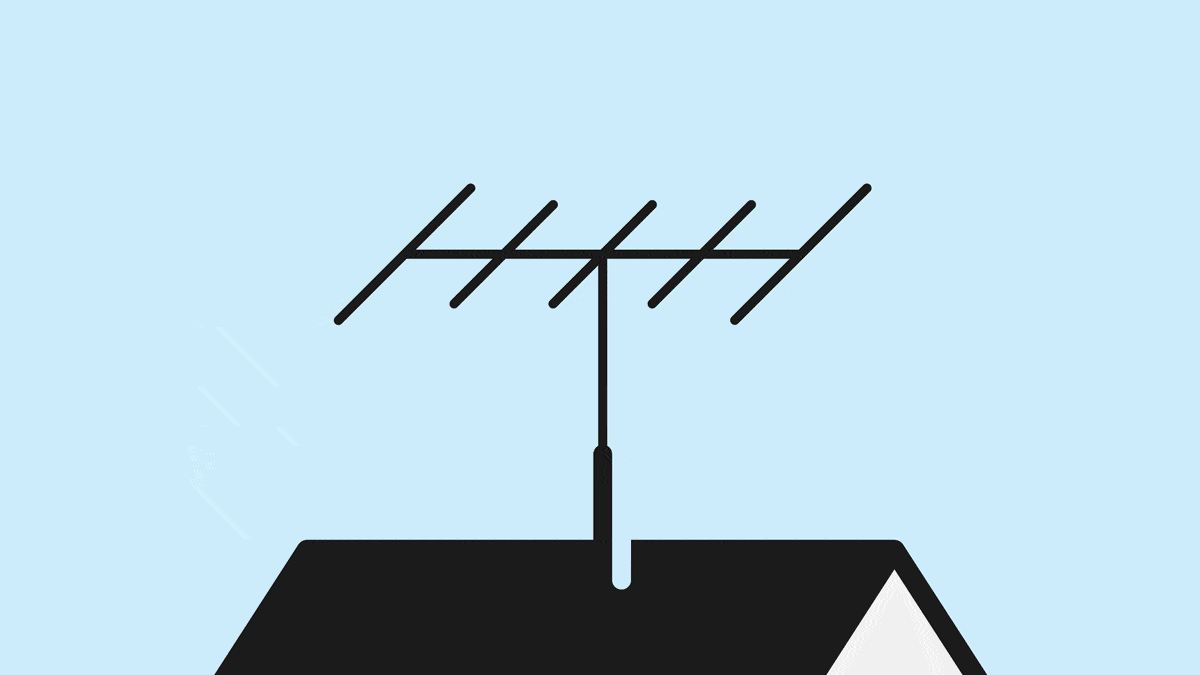NextGen TV-ATSC 3.0 FAQ – Consumer Reports

Some of these features have started to roll out. Several NBC-owned stations will now let you pause and restart NBC shows and Telemundo programs in real time, and get localized news and weather pop-ups on your TV screen. However, most of the NextGen TV broadcasts you’ll see are basically what was already being sent via ATSC 1.0. We’re still in the early stages of the NextGen TV rollout.
NextGen TV is also capable of delivering 4K TV shows and movies with HDR content—the two biggest selling points in TVs right now. It supports a wider gamut of colors, as well as higher frame rates—up to 120 frames per second. That can help make fast-moving programming, such as sports, appear smoother with less blurring.
Right now, however, programs like the Olympics are being shown in 1080p HD with HDR, not in 4K. That’s because broadcasters have limited capacity, and 4K signals take up a lot of bandwidth.”We couldn’t launch every single feature on day one, so we focused on a few key things that we believe the consumer really cares about, and HDR was one of those features,” Anne Schelle, managing director of Pearl TV, says. “HDR doesn’t take up a lot of bandwidth, so launching with 1080p with HDR worked better for broadcast TV.”
NextGen TV can also provide better audio, including support for 7.1.4-channel Dolby Atmos immersive audio. It can include a dialogue enhancement technology called Voice+ to help TV viewers hear onscreen conversations better, while a Real Time Loudness Leveler can help keep the volume levels of ads consistent with TV programs.
NextGen TV will also help broadcasters in a few ways. One example is that in markets that currently have limited over-the-air capacity for ATSC 3.0 broadcasts, the broadcasters can transmit additional channels using over-the-air internet technology. That happened last year in Miami, when there wasn’t room for PBS’s over-the-air broadcasts. Instead, that channel is being delivered via the IP portion of the signal, and integrated into the viewer’s program guide, just like every other available channel.
It also means that local stations can offer enhanced programming, such as hyper-localized news, sports, and weather based on your ZIP code; video on demand; and broadcasts of live events (including pay-per-view). Viewers could have the option to shop while watching programs or movies, or see targeted ads geared toward their specific interests.
Source link







